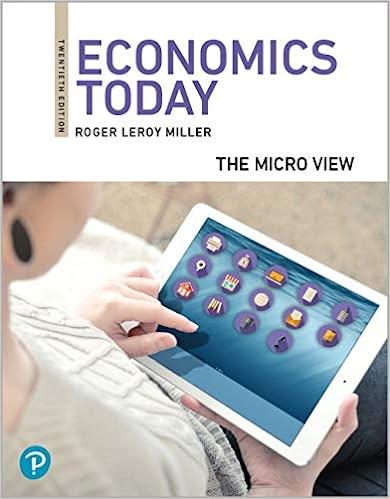In 1990, the four-firm concentration ratio in the U.S. textbook industry was about 40 percent. The top
Question:
In 1990, the four-firm concentration ratio in the U.S. textbook industry was about 40 percent. The top four firms had an average of about 10 percent of the textbook market. The other 60 percent of textbook sales were made by numerous smaller publishers that each sold a small percentage of the industry’s output. Following a wave of mergers, the four-firm concentration ratio increased to about 70 percent and the smallest firm had about a 5 percent share of the market. The three largest firms (McGraw-Hill, Pearson Education, and Cengage Learning) had the other 65 percent, or an average market share of just under 22 percent.
The reason given for the mergers was a desire to achieve economies of scale. Before the mergers took place, editorial staffs and sales representatives were divided into groups responsible for broad areas, such as science and business. The companies hoped to achieve gains from employing specialized editorial staffs and sales representatives to develop and market texts in specialized areas of study. In addition, economies of scale were associated with new educational technologies. Producing multimedia aids, such as Internet simulations for specialized subjects, online economics quizzes, and prepackaged PowerPoint presentations, can entail high average costs for small publishers. The larger scale of operations made possible by mergers among textbook publishers reduced the average cost of producing multimedia text supplements.
Some observers argue that greater market concentration has had two major effects. First, there has been greater strategic interdependence. Each firm will react to changes in the others’ textbook offerings, and each must consider how the other two firms will react to any changes that it makes in its offerings. Another effect is higher textbook prices. Between 1995 and 2003, textbook prices rose faster than the PPI, according to the National Association of College Bookstores.
If the only event that occurred in the market for college textbooks had been enhanced economies of scale due to horizontal mergers, what would have happened to textbook prices?
Step by Step Answer:






